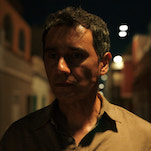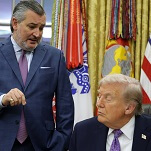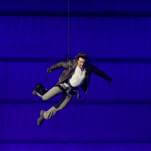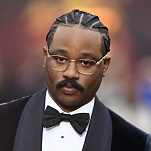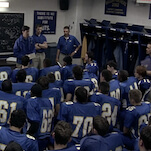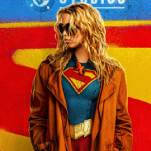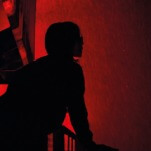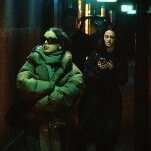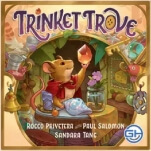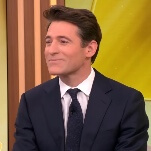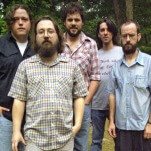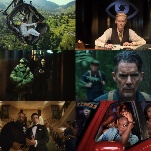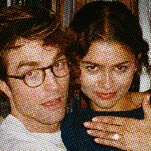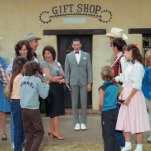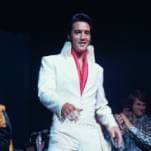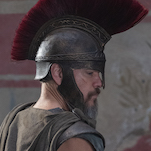The original 2003 Japanese
version of One Missed Call, directed by Takashi Miike, was essentially to Ringu as Cellular was to Phone Booth: the same idea
reconfigured with updated technology. Instead of a videotape that presaged a person's
death, it was now a cell-phone call placed by the spirit world, with the sound
of the victim's panicked future voice coming through the receiver. Ringu was remade as The Ring, one of the few effective
J-horror Americanizations, and now Hollywood has remade One Missed Call after running the J-horror
craze into the ground with Dark Water, Pulse, The Grudge and its sequel, and The Ring 2, not to mention the many
films that bear their stylistic influence. All of these factors conspire to put One Missed Call
on the shortlist for least essential movie of the decade, a copy of a copy of a
copy that's so worn down, it's about as fresh and vital as a fifth-generation
dub of The Star Wars Holiday Special.
Even in 2003, One
Missed Call
seemed like an oddly conventional project for Miike—it was a conventional
(though reasonably effective) Ringu knockoff that lacked the outr? nuttiness that has
always separated Miike from the J-horror pack. The new version, directed with
minimal imagination by Frenchman Eric Valette, stars Shannyn Sossamon as a
clever student who grows concerned when a few friends and acquaintances start
dying in mysterious accidents. According to legend, the victims receive a phone
message (in a foreign ringtone) from their future selves postdated to the exact
moment of their deaths. Though the local police (represented by a hilariously
wooden Margaret Cho) apparently don't buy the notion that a string of recent
victims who died with hard candy in their mouths could in any way be connected,
rogue detective Ed Burns helps Sossamon get to the bottom of it.
In a film where everyone is
going through the motions—especially Burns, who looks even more bored
than usual—any flash of eccentricity seems like an oasis. But Ray Wise,
the great character actor best known as Leland Palmer on Twin Peaks and the Devil on Reaper, provides much more than
that in a guest appearance as a TV producer whose show features on-air
exorcisms. Wise's unhinged glee in exploiting the cell-phone hex animates the
film's one inspired sequence, a broadcast of a young woman's scheduled death
shot in church where even Christ becomes a faceless wraith. Then it's back to
J-horror business-as-usual: hitch-stepped ghosts with pale visages, evil
channeled through electronics, and an insanely elaborate backstory to explain
why the spirits are so ticked off. Somewhere offscreen (and occasionally on),
Ed Burns is yawning.



![HBO teases new Euphoria, Larry David, and much more in 2026 sizzle reel [Updated]](https://img.pastemagazine.com/wp-content/avuploads/2025/12/12100344/MixCollage-12-Dec-2025-09-56-AM-9137.jpg)


